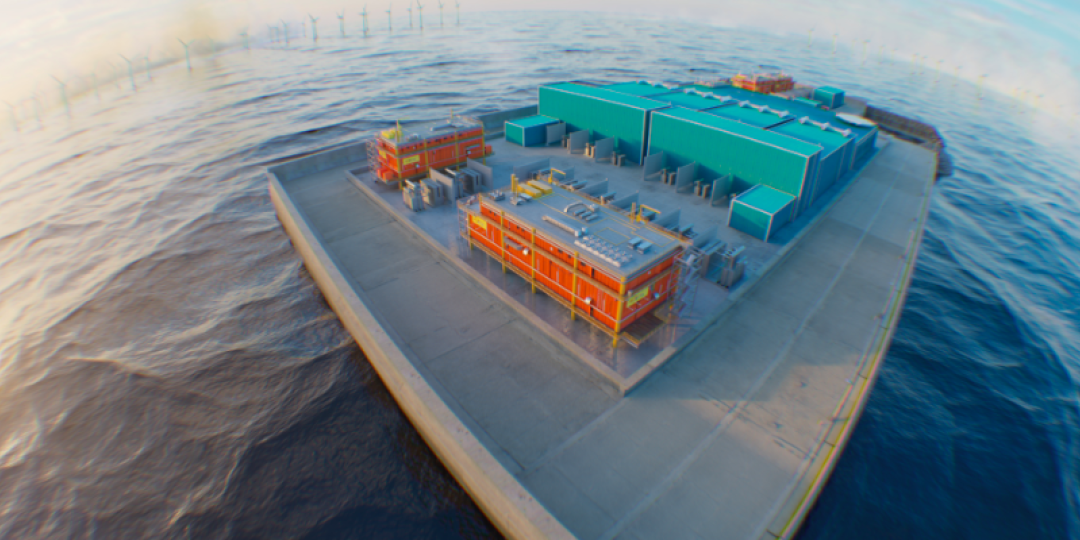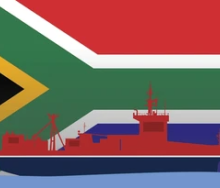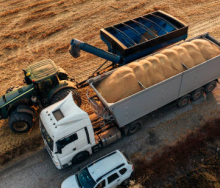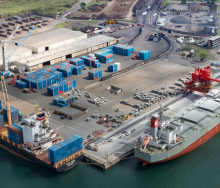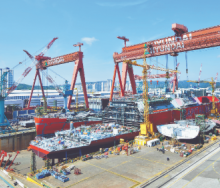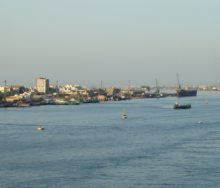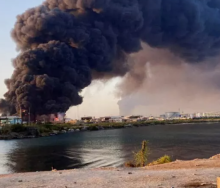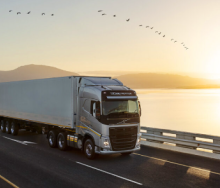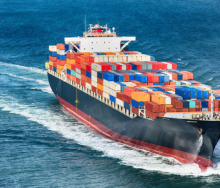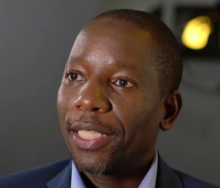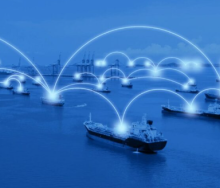Belgium’s transmission system operator, Elia, has unveiled plans to build the world’s first artificial energy island off the country’s coast.
On October 3, Elia unveiled its plans for the development of the artificial Princess Elisabeth Island, which will create a regional grid connector for offshore wind farms and a future hub for European energy transmission. Belgium’s Federal Minister for Energy, Tinne Van der Straeten, and North Sea Minister, Vincent Van Quickenborne, attended the event.
Elia described the island in a statement as “an innovative tour de force” that will put Belgium on the map as a pioneer in offshore energy.
The North Sea island will be subsidised to the tune of US$100 million under Belgium’s post-Covid-19 recovery plan, pending EU Commission approval. It will include a small port and a helipad to allow maintenance staff access to the development.
Elia said Princess Elisabeth Island would be located almost 45km off the Belgian coast and would serve as the link between the offshore wind farms in the country’s second offshore wind zone, which will have a maximum capacity of 3.5 GW, and its onshore high-voltage grid. The energy island will also be the first building block of a European offshore electricity grid that will serve as a central hub for new interconnectors with the UK and Denmark.
The artificial island will cover approximately five hectares above the waterline and will be constructed from concrete caissons filled with sand. It will mainly house transmission infrastructure linked to new wind farms and will provide a platform for future interconnectors.
Elia Group CEO Chris Peeters said the island constituted “a big leap forward” for the energy transition.
“In addition to bringing 3.5 GW of additional offshore wind energy to shore, the island will also be the first link in a European offshore electricity grid. It will allow us to access the huge offshore wind potential that the North Sea still has to offer us,” said Peeters.
Van der Straeten said the island and its new windfarms would transform the North Sea into “one big green power plant”.
“By quadrupling offshore wind capacity by 2040, we will reinforce our energy independence, reduce our energy bills and reduce our CO2 emissions,” said Van der Straeten.
Construction will start in 2024 and it is expected to be completed during mid-2026. An estimated 300 kilometres of AC cables and 60 kilometres of DC cables will then be laid to connect the project to the grid.
The development places Belgium ahead of Denmark, which plans a man-made energy island off the coast of Jutland.
